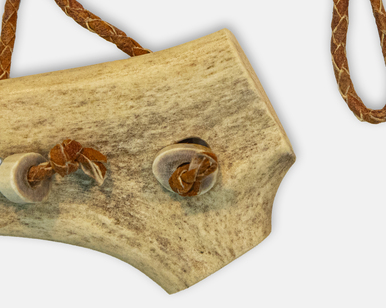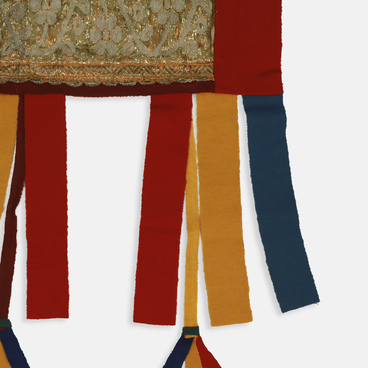Traditionally, there were no specialized craftsmen among the indigenous peoples of the North. All families made their own household items. There was also a clear division of labor between men and women, and children were taught the necessary skills from an early age.
Boys learned to work with knives and homemade tools, to weave fishing nets, and to make wooden sleds. The women’s main crafts included sewing, hide dressing, cooking, and building a portable house — a chum.
Nowadays, many traditional household items are gradually becoming obsolete, even in remote northern settlements. Nenets material culture included traditional houseware made of wood, hide, and bone.
Wooden tobacco mortars were among the everyday items used by Nenets men. Tobacco came to the north in the 18th century and entered the culture of the indigenous peoples. It became a means of payment, an important element of communication, a cure for all diseases, and a magic potion in shamanic rituals.
Mortars were carved from a tree stump, usually, birch. A mortar had the shape of a low jug with convex sides, a flat bottom, and a relatively narrow neck. A pestle, about 20 centimeters long, was attached to the mortar by a rope or suede strap. It had a small cavity for scooping up tobacco.
Leaf tobacco was ground in the mortar. Powdered tobacco burned better, so it was used more sparingly. For snuff, tobacco was powdered and mixed with willow ash. Many people — both men and women — snorted tobacco.
Tobacco was not only sniffed but also “dipped” behind the lower lip. Men always carried a small fur pouch suspended to their work belts. In the pouch, they kept birch wood shavings, which served as a filter for tobacco. The shavings were placed on top of the tobacco under the lower lip and gradually sucked in.
The Nenets also used smoking pipes and other accessories: deerskin pouches for storing matches, iron matchbooks, and special wires for cleaning pipes.




